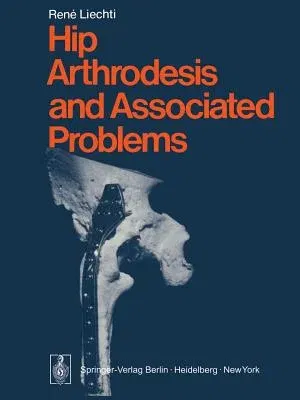R Liechti
(Author)Hip Arthrodesis and Associated Problems (Softcover Reprint of the Original 1st 1978)Paperback - Softcover Reprint of the Original 1st 1978, 28 January 2012

Qty
1
Turbo
Ships in 2 - 3 days
In Stock
Free Delivery
Cash on Delivery
15 Days
Free Returns
Secure Checkout

Print Length
272 pages
Language
English
Publisher
Springer
Date Published
28 Jan 2012
ISBN-10
3642668755
ISBN-13
9783642668753
Description
Product Details
Author:
Book Edition:
Softcover Reprint of the Original 1st 1978
Book Format:
Paperback
Country of Origin:
NL
Date Published:
28 January 2012
Dimensions:
27.94 x
20.96 x
1.55 cm
ISBN-10:
3642668755
ISBN-13:
9783642668753
Language:
English
Location:
Berlin, Heidelberg
Pages:
272
Publisher:
Weight:
662.24 gm